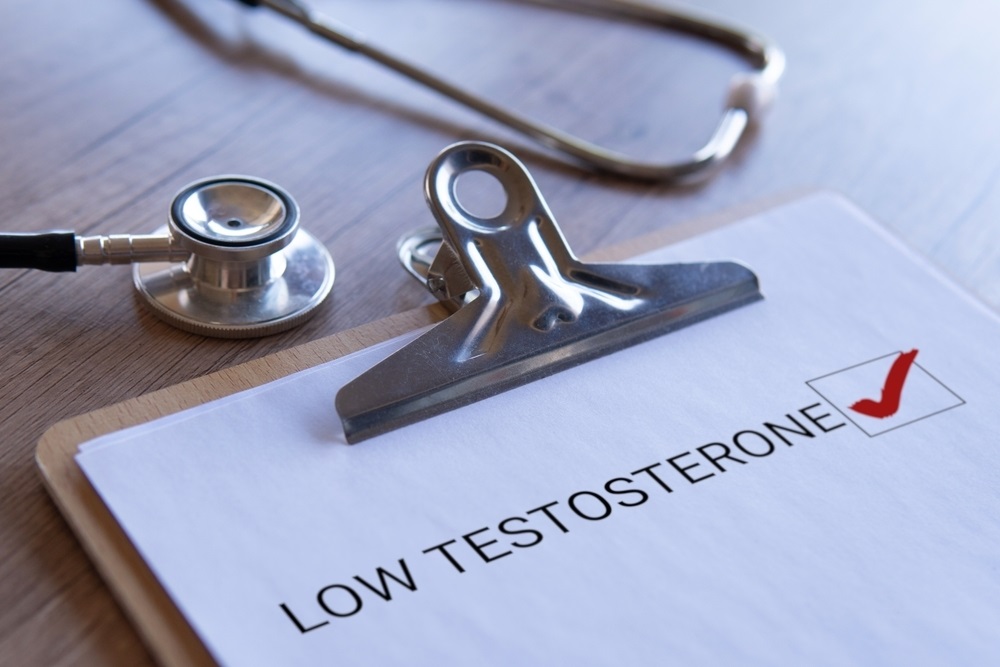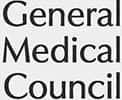
It’s important to understand the alluring benefits of anabolic steroids and testosterone and the much more severe risks. Both medications are prescribed for certain conditions but have widely been abused by athletes to increase muscle mass. So, when it comes down to testosterone vs steroids, it’s important to be clearly informed about both to reduce harm if using them in any circumstance.
We don’t judge anyone who uses performance-enhancing drugs but strongly discourage any illicit use of them. When improperly managed people can have debilitating results and require medical assistance to function or stop using. We will go over both the benefits and the side effects of testosterone and steroids, describing safer using methods.
Testosterone occurs in men and women. In fact, it’s a natural steroid the body produces. However, when speaking of testosterone, we tend to think of people assigned male. This is because it’s far more prevalent in the male body, and it’s the key hormone that teenage boys produce during puberty. Its effects include the following:
For women, testosterone is converted to estradiol in the ovaries. While there is a notable spike in teenagers that drives parents and teachers to their wits’ end, these hormones have their everyday function for men and women throughout their lives.
Testosterone plays a part in signalling your body to produce red blood cells; it controls your libido, and ensures bones and muscles stay strong. Additionally, it is important for mood elevation and blood circulation.
Testosterone is prescribed for many reasons — primarily if your body is not producing enough and your testosterone levels are low (hypogonadism). You might ask if testosterone is a steroid hormone due to the similar results of gained muscle mass. It is often administered for many of the same reasons. When put on a regimen of testosterone, it should be prescribed by a healthcare professional and monitored closely. The typical conditions that require testosterone therapy are as follows:

As we can see, testosterone is a versatile hormone, often used as a natural steroid replacement. This is because of its general benefits in terms of body enhancements. However, this is only really beneficial for those who already have low testosterone levels. The general benefits are:
It’s extremely important to follow the guidelines of your doctor when undergoing testosterone therapy. This means following the prescriptions correctly, reporting any negative side-effects to your healthcare provider, never acquiring or using it illegally, or if you have any pre-existing conditions such as prostate cancer or heart conditions.
Different methods of administering testosterone will depend on key factors, including the patient’s age, medical condition and the necessary form of the hormone.
Injections: Typically, 50-200 mg of testosterone enanthate or cypionate is administered intramuscularly every 1-2 weeks. The dosage may be adjusted based on blood levels and the individual’s response.
Patches: Usually, 2-4 mg patches are applied daily, delivering testosterone steadily over 24 hours.
Gels: A typical dose is 5-10 grams of gel daily, providing 50-100 mg of testosterone. Dosages may be adjusted based on blood test results.
Pellets: The dosage varies, but pellets usually deliver 75 mg of testosterone over the course of 3-6 months, depending on the number of pellets implanted.
Buccal tablets: Typically 30 mg, applied twice a day to the gums.
Even though testosterone is a natural steroid, misusing it for muscle enhancement or other performance benefits can lead to severe health complications:
Hormonal imbalances: Can lead to infertility and reduced natural testosterone production.
Heart problems: Increases the risk of heart attack, stroke, and high blood pressure.
Liver damage: Oral forms can be toxic to the liver.
Gynecomastia: Overuse may lead to male breast development due to oestrogen conversion.
Aggression and mood swings: Known as “roid rage,” testosterone misuse can cause extreme mood changes.
When talking about anabolic steroids vs testosterone, you have to understand that the former is synthetic and designed to mimic the effects of testosterone. While testosterone is technically a steroid hormone, anabolic steroids refer to specific drugs designed to enhance muscle growth and performance.
Anabolic steroids are sometimes prescribed for medical reasons, such as to treat muscle loss in patients with severe illnesses, but they are often misused by athletes and bodybuilders. Here are the key differences:
Anabolic steroids: Typically used for performance enhancement, but come with higher risks of side effects.
Testosterone: Naturally produced in the body, prescribed for legitimate medical purposes to restore normal levels.

As a synthetic replacement for testosterone, anabolic steroids are medically prescribed for many of the same reasons as testosterone (listed above). There are, though, a few unique disorders for which anabolic steroids may be administered, including:
Severe Trauma or surgery recovery: Anabolic steroids can help muscle rejuvenation for bed-ridden patients after serious injury to prevent atrophy.
Anaemia: When the body doesn’t produce enough healthy blood cells due to conditions like kidney failure, anabolic steroids can be prescribed.
Burn patients: Steroids help promote muscle tissue after traumatic injuries like burns for a faster recovery.
Breast cancer: Steroids can help disrupt the hormone imbalance in advanced stages of breast cancer.
However, one of the main uses of anabolic steroids is to increase muscle mass and strength. In almost all cases, this is illegal and comes at great risk to bodybuilders and athletes.
People use several methods to self-administer anabolic steroids. If not prescribed, each comes with very serious risks. We’ll go over these and point out the positive and negative impacts placed on the body.
Oral Steroids (Tablets/Capsules): These are often preferred as they are less invasive and don’t require injection. However, they have a shorter half-life, and the usage frequency can cause toxicity of the liver.
Injectable Steroids: By injecting steroids, you introduce them more gradually into the bloodstream and lessen the risk of digestive and liver damage. This does increase the risk of abscesses, infection, and nerve damage. People who inject are also at higher risk of addiction and poor mental health.
Cycling: By administering steroids in periods of time followed by breaks, you can reduce side effects. Cycling can also make the body less resistant to the drug, enhancing its results. However, the risks are still significant.
Pyramiding: Similar to cycling, this involves increasing the doses of steroids until you are at a “peak,” but instead of taking a break, you decrease the amount. This can cause major hormonal imbalances with the increased side effects of bad skin, hair loss, cardiovascular problems and male breast tissue development.
Post-Cycle Therapy (PCT): This involves going through a cycle of steroids and seeking a medical professional for a full body scan and treatment to balance out the body. While it’s not recommended to self-administer steroids, seeking professional help to monitor the effects certainly is.
Anabolic steroids have a much higher risk than testosterone replacement therapy. The adverse effects are very similar to misusing testosterone but can be much more severe. To summarise the common risks of misusing anabolic steroids:
Liver damage: Increased toxicity from oral steroids.
Cardiovascular issues: Higher risk of heart attacks and strokes.
Mental health effects: Increased aggression, depression, and paranoia.
Infertility: Steroids can cause long-term infertility.
Physical changes: Testicular shrinkage, hair loss, and severe acne.
While both testosterone and anabolic steroids offer potential benefits for those with specific medical needs, their use — especially without proper guidance — poses significant risks. Understanding the distinct roles, benefits, and side effects of each is crucial for making informed decisions. Testosterone therapy can be a safe and effective treatment for those with hormone deficiencies, but it must always be supervised by a healthcare professional. Conversely, the misuse of anabolic steroids for performance enhancement can lead to severe health consequences, both physical and psychological. Ultimately, whether considering testosterone or steroids, the priority should always be health and well-being, emphasising the importance of safe practices and medical oversight.







